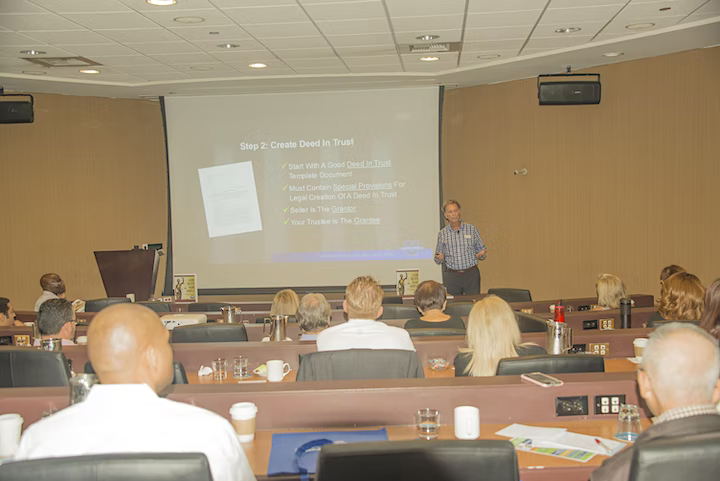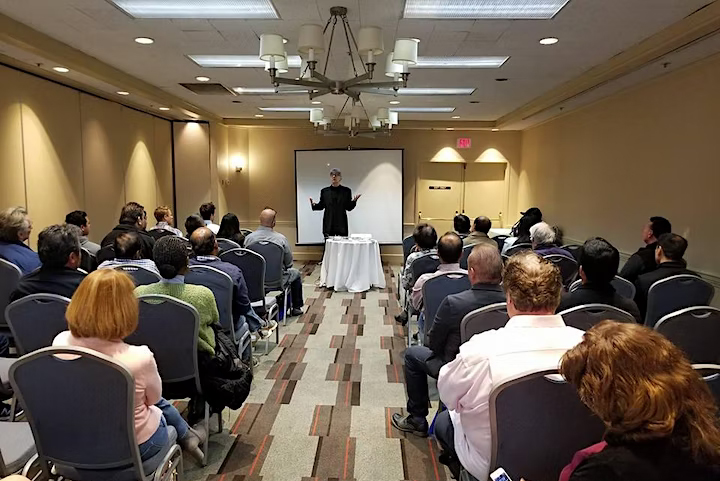
Grow Your Wealth with Real Estate Investing – Join Us for an In-Person Realty411 Investor Summit in Philadelphia, PA.
We have exciting news regarding our In-Person Event in Philadelphia, PA. Our special one-day conference in “The City of Brother Love” will host incredible educators from around the country, who are ready to share their valuable insight.
Be sure to join us in PERSON in Philadelphia.
We will have wonderful resources, plus guests will have access to private capital, plus business and commercial funding as well. Now is the time to grow your real estate business to new levels.
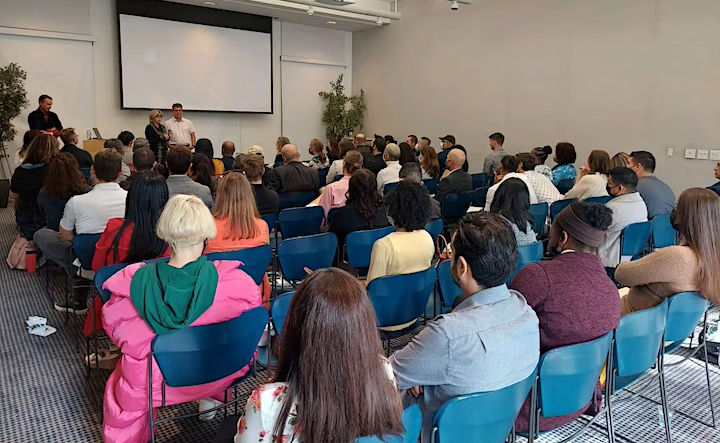
Now is the moment to grasp this opportunity — the chance to network with sophisticated investors from Pennsylvania, New York, New Jersey, Florida California and many other states!
Be sure to pencil this date now and join us in-person to gain specialized insight and knowledge. The information shared on this day could catapult your portfolio to new levels.
This one-day conference also is combined with a special PRE-SUMMIT Clubhouse Party on Friday evening, PLUS a property bus tour on Sunday (more details to come). This THREE-DAY investor intensive will unite active real estate and landlords and has something for everyone regardless of their experience level in real estate.
Join this memorable day and receive knowledge for a lifetime.
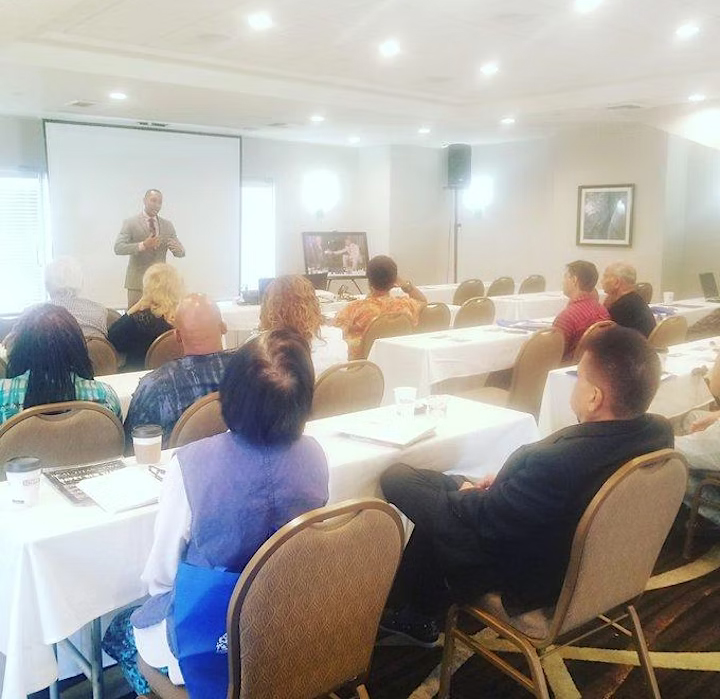
Learn the Latest Niches in Real Estate + Connect with Influential Investors from across the nation right here in The City of Brotherly Love.
Join us and network LIVE AND IN-PERSON. This is our FIRST live event in California — Network with amazing leaders.
Are you ready to Grow Your Real Estate Business, Portfolio and Network?
We want this VIP EVENT TO EXPAND YOUR MIND and help you succeed.
OUR COMPLIMENTARY CONFERENCE IS THE #1 SOURCE FOR REI 411
This is Your Chance to meet TOP Leaders in REI, Local & National Experts
- Learn from Leaders & Industry Pros
- Meet Local PLUS Out-of-Area Investors
- NON-Stop Tips for Real Estate Success
- Bring Lots of Business Cards
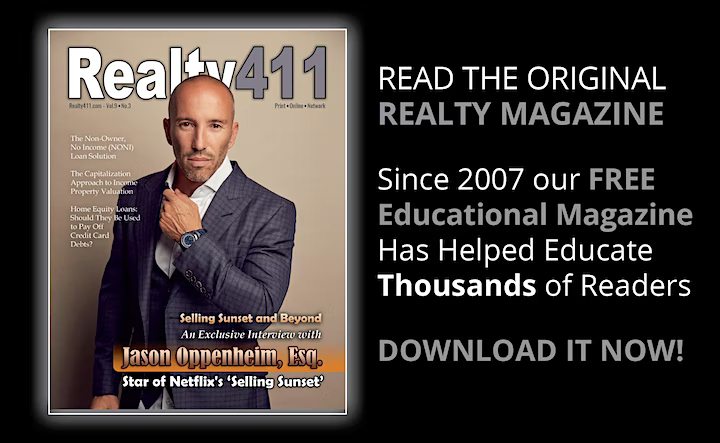
This event is produced and hosted by Realty411.com. Since 2007, we have dedicated our time, resources and energy to help expand real estate investing knowledge and education by producing complimentary magazines, virtual conferences, webinars, podcasts, and live events.
Be sure to visit our website at: https://Realty411.com
We also produce REI Wealth magazine, which is the longest-running magazine for investors specifically developed for online readership. Our digital, interactive issue is designed to be read and viewed online.
We now also print copies of this fabulous publication as well. Learn more about this publication at: http://REIwealthmag.com

INVEST YOUR TIME HERE FOR ONE SPECIAL DAY OF NETWORKING & MOTIVATION – TAKE YOUR REAL ESTATE KNOWLEDGE TO A WHOLE NEW LEVEL.
Don’t miss our complimentary real estate investor summit. What can you expect?
Learn with PROVEN Leaders in the Industry:
- Receive the latest REI knowledge from active investors
- We feature the latest technology to expand your income
- Meet other investors with common goals and mindsets
- Develop relationships with leaders in the industry
- Share your opportunities with potential clients
- Learn how to save money with our Realty411VIP.com members’ network.
- Realty411’s publisher has owned national rentals for many decades
- We will share life-changing information unavailable anywhere else
- We host complimentary events to meet our readers and to spread knowledge
Other events charge hundreds of dollars, but this day is PRICELESS
Realty411’s founder is a REALTOR in the state of California and has been a licensed real estate agent for 18 years. In addition, her family owns a clock and watch shop in world-famous, Solvang, California, known as “The Danish Capital of America”. As owners of HRS Clocks & Watches, they operate the longest-running haute horlogerie shop in Santa Barbara County, California.
Our mission is simple: To provide realty knowledge and resources so that everyone can learn about the benefits of investing.
OTHER SPECIAL BONUS PERKS INCLUDE:
- Early-Bird Guests Receive Our Investment Magazines
- Meet Local Leaders & Industry Giants – From Coast to Coast
- Influential Real Estate People & Business Owners Are Attending
- Learn How to Leverage and Meet Private Capital Lenders
- Find Potential Partners, New Friends, Build Your Circle of Influence
- Your Net Worth = Your Network — Don’t miss this event
- Mingle with Leaders & Industry Professionals Here
Please bring LOTS OF BUSINESS CARDS, it’s time to Network!




